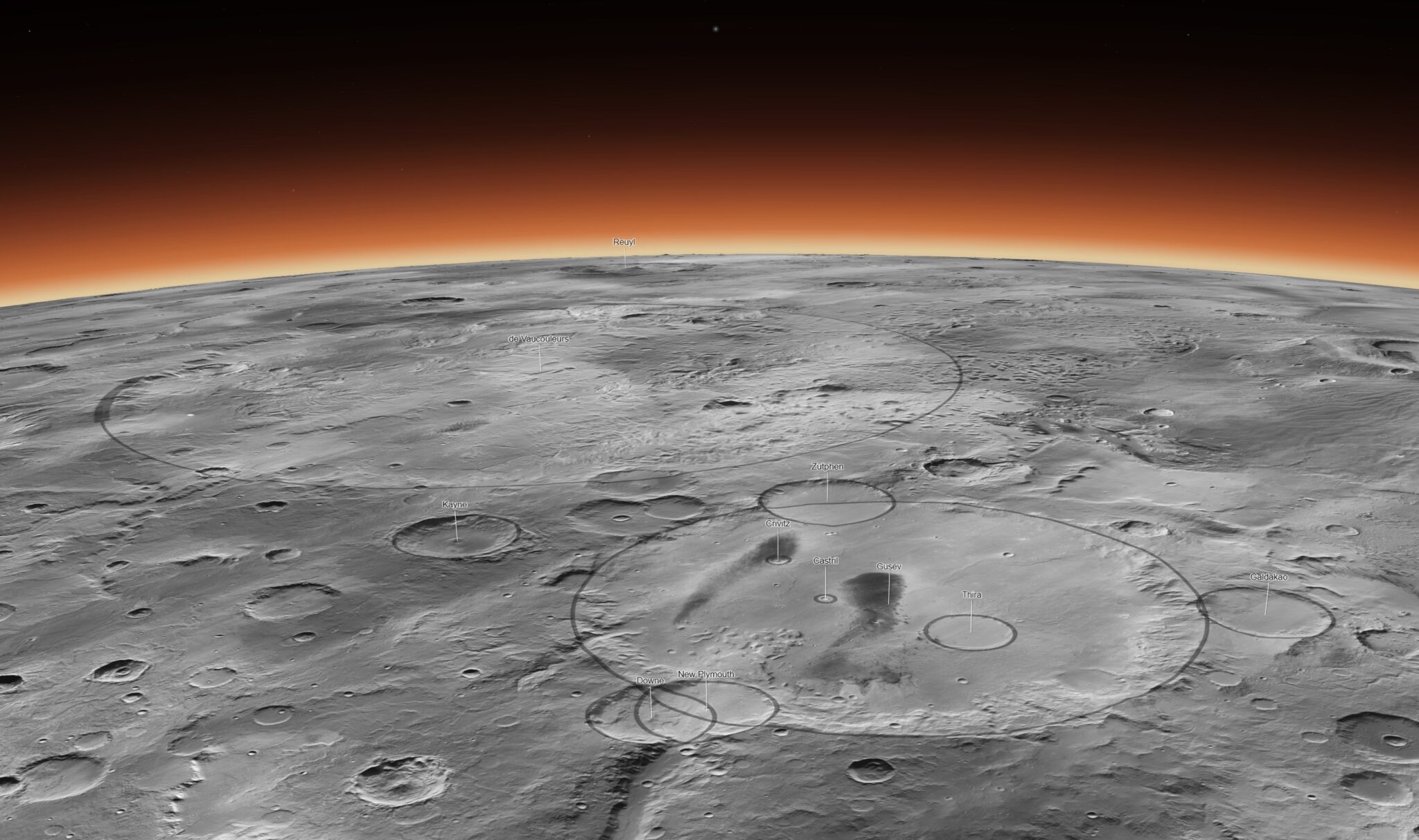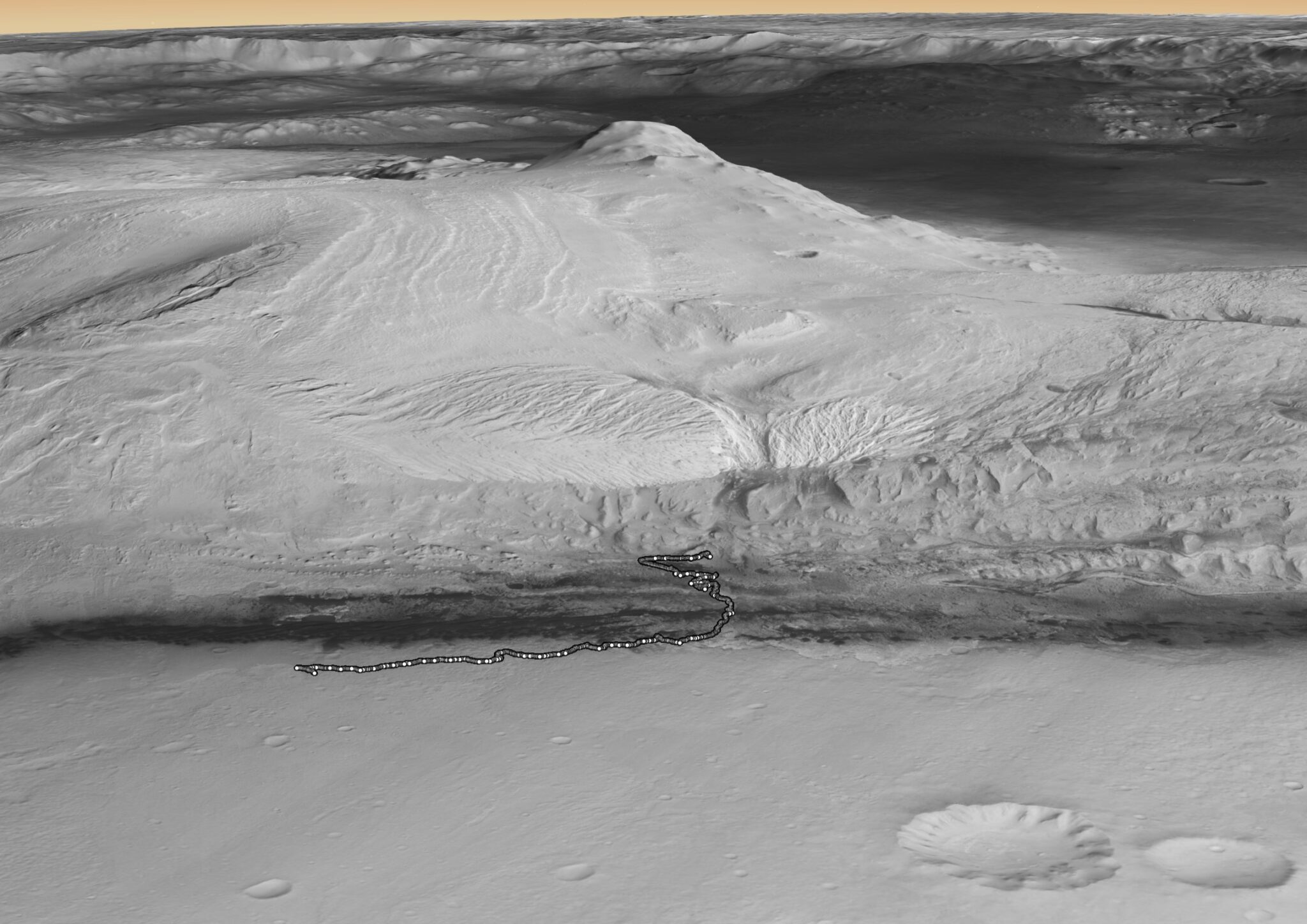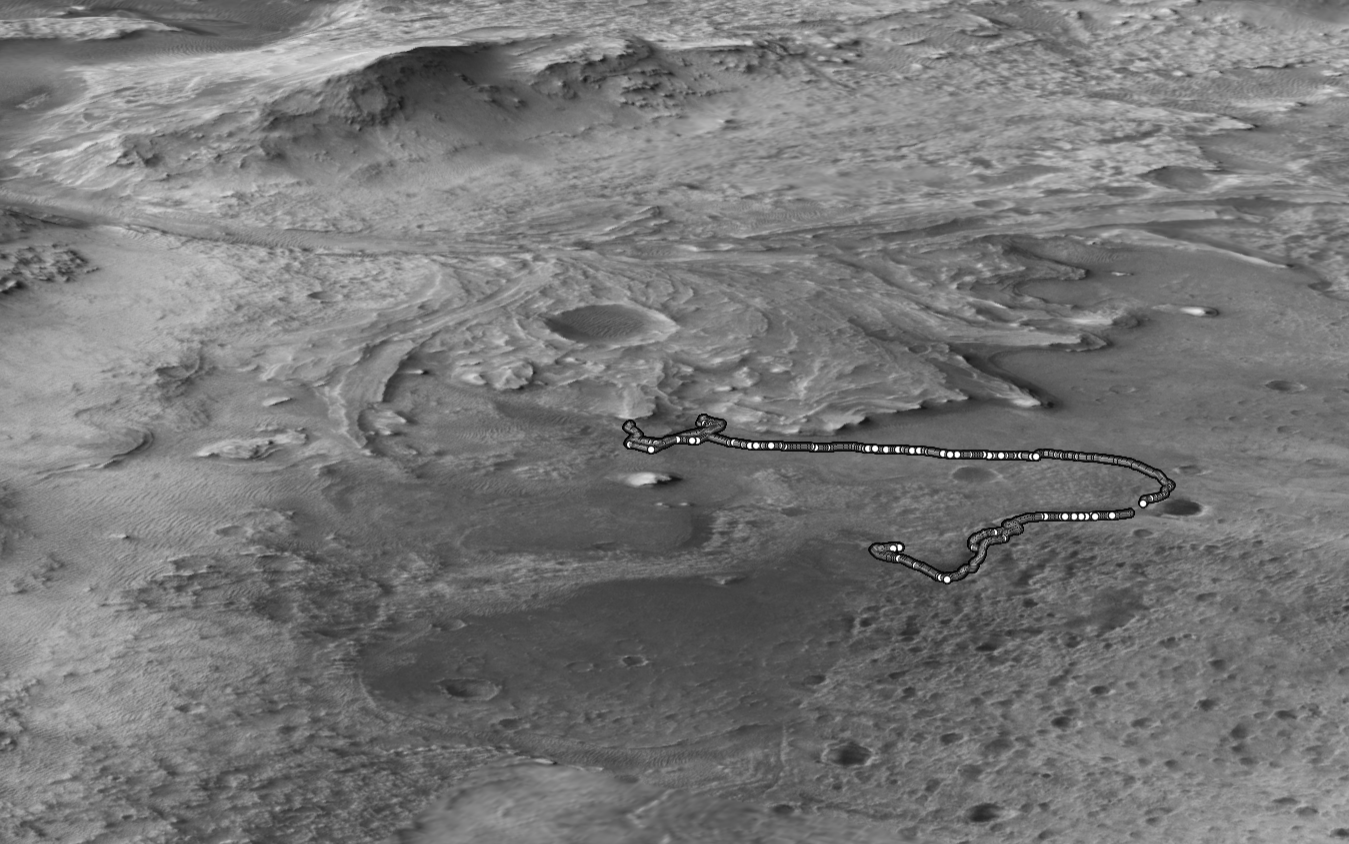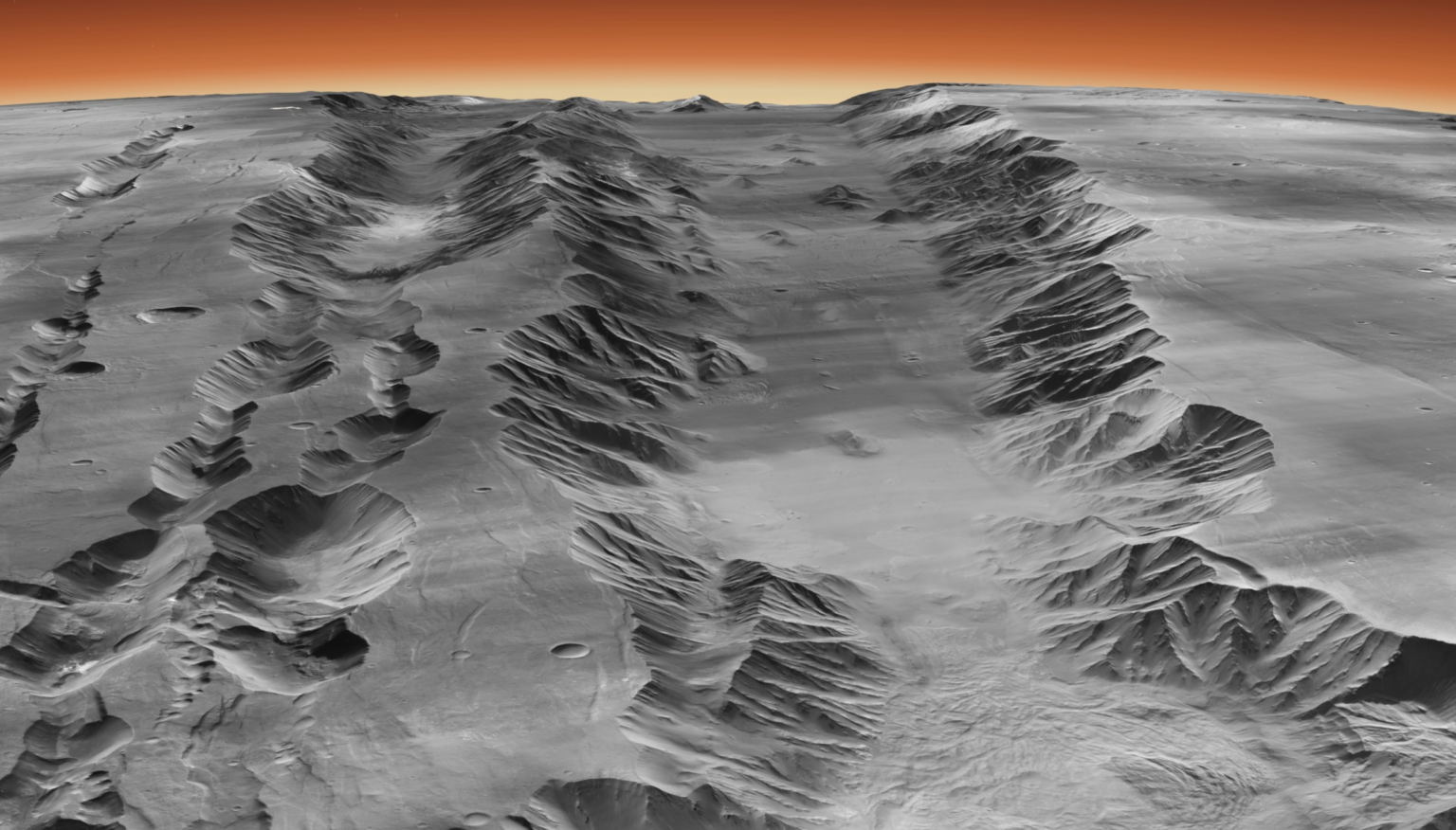A group from the Bruce Murray Planetary Imaging Laboratory at the California Institute of Technology presented the largest and clearest image of Mars in the history of science. The resolution of the map was 5.7 trillion pixels, which offers a large-scale black-and-white view of Mars. Now every Internet user has access to the Red Planet, which can be seen in unprecedented detail.

A huge mosaic image was created over six years from 110 thousand individual photographs of the planet’s surface using NASA’s Mars Reconnaissance Orbiter (MRO). As a result, the map has a resolution of 5 meters per pixel and covers 99.5% of the surface of Mars between 88 degrees south latitude and 88 degrees north latitude.
This is the first time that a three-dimensional image of the Red Planet has become available with such an ultra-high level of detail. Previous global images were about 100 meters per pixel. The new image represents a 20-fold increase in resolution in both dimensions of the Martian surface, providing 400 times more information, according to the California Institute of Technology.
The handy tool, located by the California Institute of Technology, offers to visit some of the most popular attractions on the Red Planet, including its largest Mount Olympus, the Valles Marineris, Gale craters and Jezero — territories explored by NASA’s Curiosity and Perseverance rovers. Visitors can also see the path made by the rovers and compare it on the scale of the entire Red Planet.



The head of the Murray laboratory and chief image processing specialist Jay Dixon noted that although they spent six years on this project, it became possible only thanks to two decades of work carried out by the MRO team. This device and its cameras were created 20 years ago; and now they continue to perform impressive work, which is the basis of hundreds, if not thousands, of incredible research projects.
Earlier we reported on how Perseverance approached the answer to the mysteries of climate and life on Mars.
According to Gizmodo.
Follow us on Twitter to get the most interesting space news in time
https://twitter.com/ust_magazine

